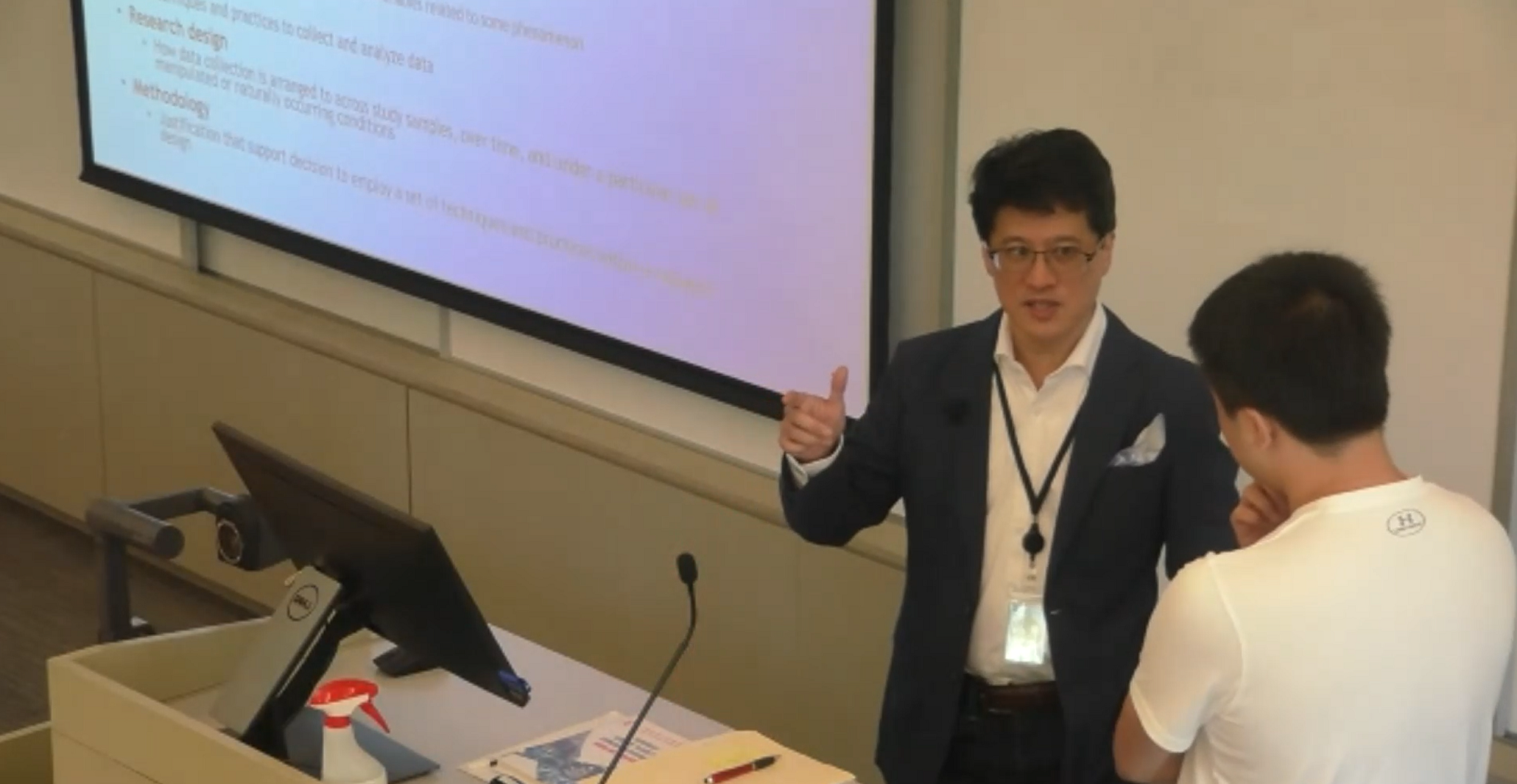I think I’m getting dense. No doubt many non-bloggers will be confused too. I’ve been trying to make sense of all this business around:
- the fuss about A-list blogger lists
- most popular lists
- reinforcing wheels and how A-list bloggers are self-perpetuating (see here)
- how one should track links
- why links reflect popularity
- discrimination of certain bloggers (e.g., by virtue of a men’s club)
#1-3 basically have to do with introducing blogs to non-bloggers or new blogs to existing bloggers. OK.
I think I understand #6 too. A-list bloggers are protected by reinforcing and amplifying patterns in how other bloggers link to them. This sort of thing may discriminate against certain classes of bloggers (e.g., women). Makes sense to look at that for certain professions.
But #4 and #5 … what is this supposed to do for anyone? Blog readers at a micro-level do not care. And as for blog writers, at least what I care about are three things: a) finding out who is saying things about me, b) searching for relevant information to doing my job or carrying out a cause, and c) figuring out what people are reading on my blog so that I can write more relevant stuff. I’m not running the Intel computer of blogs, and most people are not. Why should bloggers care about either a global measure of popularity or how links should be tracked if you can answer the three things I’ve mentioned here?
The sad thing is that it is hard to measure readability through tools today. Inbound links only relate to bloggers and discriminate against readers/non-bloggers. There are way more than 3 times as many readers of blogs out there compared to bloggers. Although I could care less about popularity, if one is going to measure popularity, shouldn’t the measure include non-bloggers? Measuring stuff has also been complicated by RSS. RSS has created a situation that people don’t even have to visit a blog to read it, but then there’s not that many people that use RSS so if one gets metrics about RSS usage, one is still stuck with an incomplete answer. If one puts some software code veneer on the blog, it may be possible to measure stuff better, but you need a PhD in computer science to do this. I can barely teach long division anymore.
Don’t get me wrong. I’m not in a huff about this. I just know I’ve lost track about what folks are trying to accomplish in the blog search engine space and what the fuss about lists is all about.
As for something I do care about is how customer loyalty plays a role and how it may shift given the explosion of blogs. I’ve not come to any conclusions on this yet, but Jeremy Wright’s post on unsubscribing to A-list bloggers makes me pause to think about where the market will go. Is there a macroeconomic trend that we may see beyond the Long Tail stuff? I’ve seen a lot of blogs that I used to like to read move to del.icio.us tagging instead of blog writing. Maybe the information market is getting saturated in terms of bloggers as individuals.
Anyway, this post was triggered by Andrew’s post at Changing Way, and then a quick flurry of research on A-list bloggers by me. Suffice it to say that I think this post at Blogger’s Blog does a nice job of summarizing some of the A-list blogger issues and characterizing some of the things I’ve mentioned above. Mark Cuban’s post does a good job at providing some insight at what blog search engines are doing. Mark is a very smart guy, and I like the openess he is doing regarding exposing the code, but I have little clue how some of this search engine stuff helps the average blogger (provided one can get reasonably close to the three items I mentioned above).
